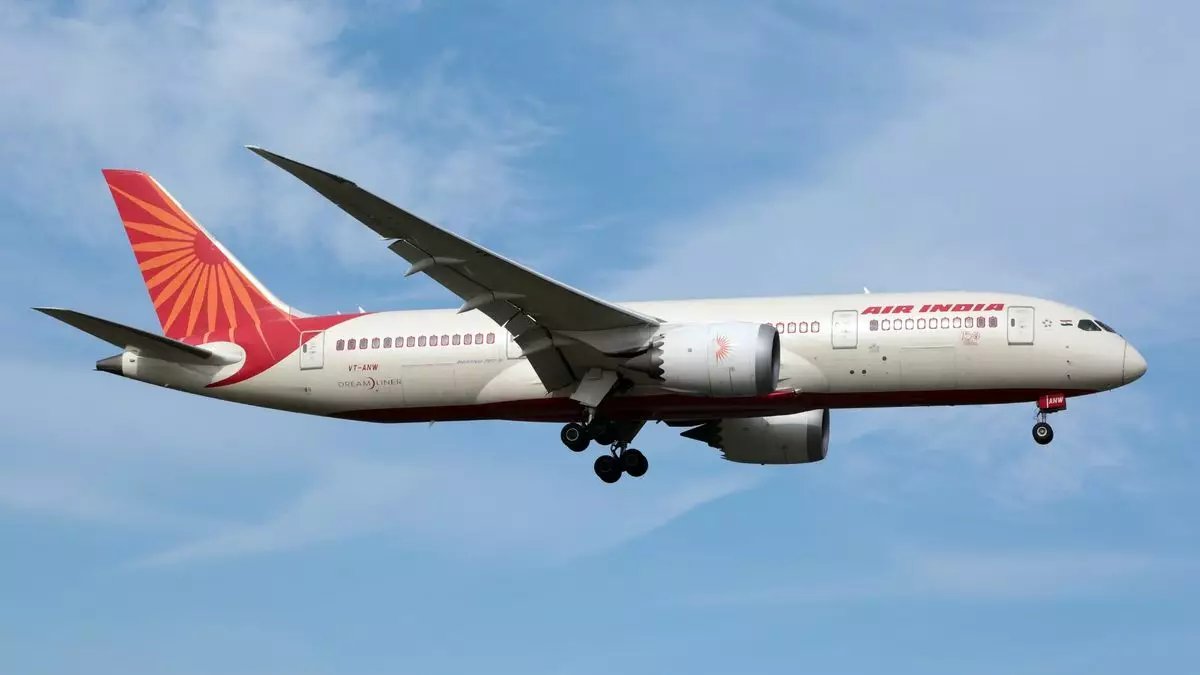The recent investigation into the devastating crash of Air India Flight 171 exposes more than just a tragic accident; it reveals systemic vulnerabilities in aircraft safety protocols and pilot response procedures. The sudden movement of fuel cutoff switches from “run” to “cutoff” just moments after takeoff is alarmingly abnormal and warrants deep scrutiny. These switches are designed as emergency or maintenance tools, not for routine operation during flight. Their involuntary or intentional engagement seconds after lift-off suggests a critical lapse—either a mechanical anomaly, pilot error, or a more disturbing underlying issue. Such an error is not just a procedural mistake but an attack on the safety fabric that carriers and manufacturers rely on.
The report highlights that the switches for both engines shifted to the “cutoff” position very shortly after the aircraft left the runway. Notably, the pilot’s confusion about why the switches were activated, as evidenced by the cockpit voice recording, underscores a fundamental concern: was this a case of miscommunication, deliberate action, or an alarming mechanical fault? The fact that one pilot questions the other indicates a breakdown in clear command and control, which can be disastrous in high-stakes environments. The swift re-engagement of the switches to “run” and the engines’ subsequent restart perhaps provided a fleeting hope of recovery, but the fact remains: such critical control signals should never be compromised by human or mechanical failure in mid-flight.
Judging Pilot Responsibilities in the Face of Uncertainty
The investigation emphasizes the dual roles of the crew—yet it leaves crucial questions unanswered about their preparedness and decision-making in moments of turbulence. The co-pilot was flying the aircraft when the switches moved, while the captain observed or monitored from a different station. The ambiguous dialogue surrounding the switch activation raises significant concerns: did either pilot intentionally manipulate controls, or was this a malfunction? Either scenario reflects poorly on safety oversight.
The pilots’ reactions, especially the co-pilot’s confusion, raise doubts about training adequacy and emergency protocols. Did they follow established procedures? Was there proper communication and verification before risking engine failure? The incident challenges the aviation industry to evaluate whether pilot training programs adequately prepare crew to handle unexpected interventions—whether human or mechanical. Moreover, the delayed response in restoring engine power points to possible deficiencies in crew training for rapid troubleshooting under pressure.
Speculation and the Need for Rigorous Investigation
While the preliminary report refrains from assigning blame, it undeniably shifts focus onto pilot actions and aircraft systems. The rapid sequence of events—fuel switch activation, engine restart, and eventual crash—reveals a fragile chain of safety that was both disrupted and compromised. The abrupt cessation of flight data transmission confirms the suddenness of the event, emphasizing that the investigation must delve deeper into whether this was accidental, mechanical, or intentional.
This tragedy underscores an uncomfortable truth: commercial aviation’s veneer of safety can be undermined by internal failures, human errors, or a combination of both. It prompts a broader reflection on the importance of meticulous system checks, continuous pilot training, and rigorous oversight. As investigators continue their work, the global aviation community must reevaluate safety protocols, ensuring that such a catastrophic event never repeats—a reminder that vigilance and transparency are paramount in maintaining public trust.


Leave a Reply